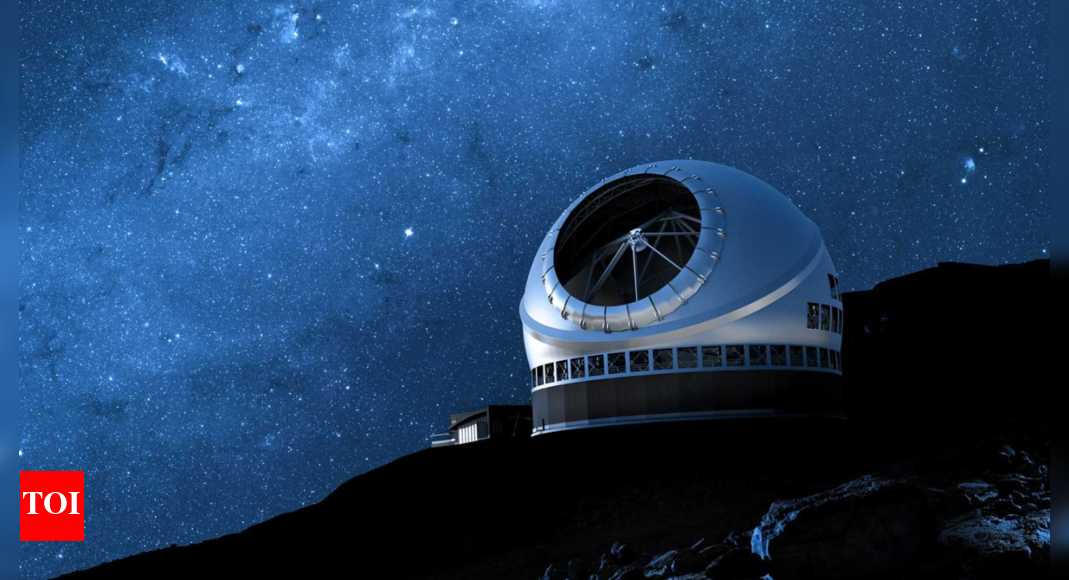The universe holds endless mysteries, and today’s most powerful telescopes are helping us explore them like never before. These advanced instruments drive the progress of modern astronomy, using radio, infrared, optical, and X-ray wavelengths to capture light from ancient galaxies, black holes, exoplanets, and other distant objects. Built in extreme environments and equipped with modern technology, they allow scientists to see far into space and look back in time. Each telescope on this list plays a vital role in uncovering how the universe began, how it changes, and what might exist beyond what we know.
Top 10 most powerful telescopes on Earth and in space
1. James Webb Space Telescope (JWST)
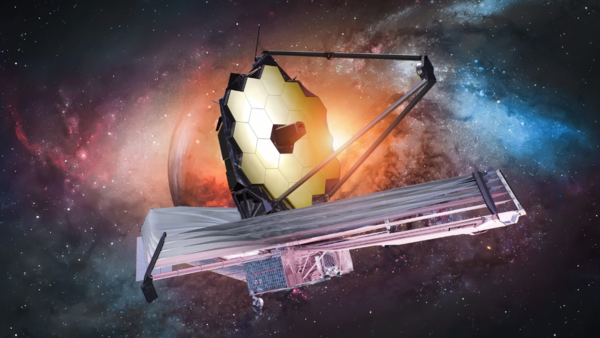
Launched in December 2021, the James Webb Space Telescope (JWST) is placed about 1.5 million kilometres away from Earth, at a special spot in space called the Sun–Earth L2 point. This location is stable and perfect for observing deep space without interruptions. JWST looks mainly in infrared light, which helps it see through thick clouds of space dust. This allows it to spot stars and galaxies that formed soon after the Big Bang. Its powerful instruments are so sensitive that they can catch the faintest light from faraway galaxies and even study the atmospheres of planets outside our solar system—possibly helping us find signs of life.
2. Five-hundred-meter Aperture Spherical Telescope (FAST)
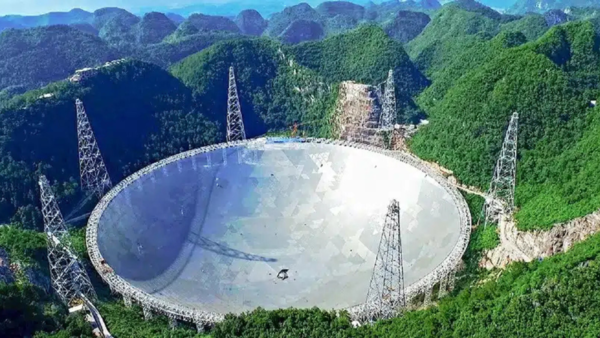
Located in a natural depression in Guizhou, China, FAST is the world’s largest and most sensitive single-dish radio telescope. With a massive 500-metre dish, FAST listens to the universe in radio frequencies—essential for detecting signals from distant pulsars, mapping interstellar hydrogen, and searching for potential extraterrestrial intelligence (SETI). Its sensitivity enables the discovery of otherwise undetectable cosmic phenomena across vast distances.
3. Extremely Large Telescope (ELT)
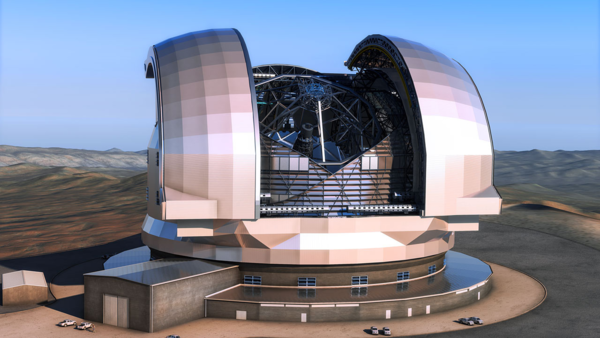
Under construction atop Cerro Armazones in Chile, the ELT will be the largest optical/infrared telescope ever built, with a 39-metre main mirror composed of 798 hexagonal segments. Its light-gathering power will be 250 times greater than Hubble’s and will provide images 15 times sharper. Scheduled for first light around 2029, ELT is designed to investigate dark matter, black holes, early galaxies, and potentially habitable exoplanets—pushing the limits of what we know about the universe.
4. Giant Magellan Telescope (GMT)
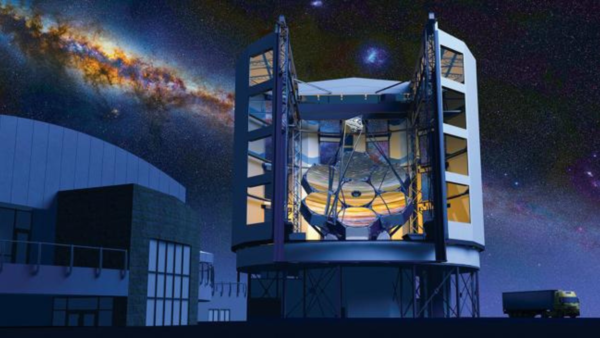
Also rising in Chile’s high desert, the GMT uses seven large mirrors to act as a single, 24.5-metre telescope. It promises image clarity up to ten times better than Hubble, enabling it to see incredibly fine details in distant objects. Scientists hope to use GMT to directly image Earth-like planets, explore galaxy formation, and deepen our understanding of the universe’s accelerated expansion.
5. Thirty Meter Telescope (TMT)
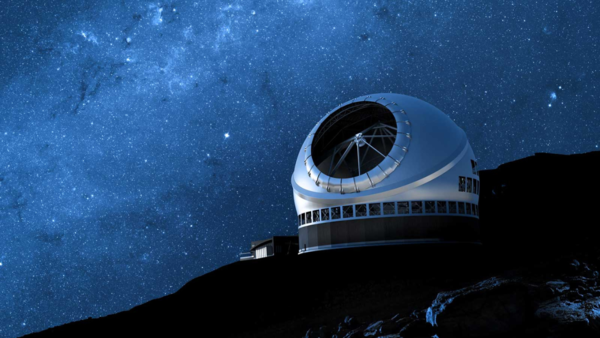
Planned for construction atop Mauna Kea, Hawaii (though delayed due to site access disputes), the TMT will feature a 30-meter segmented mirror, optimised for near-infrared and optical observations. It’s designed to study everything from the formation of the first galaxies to the evolution of black holes and the search for life-supporting exoplanets, offering unmatched resolution in ground-based astronomy.
6. Gran Telescopio Canarias (GTC)
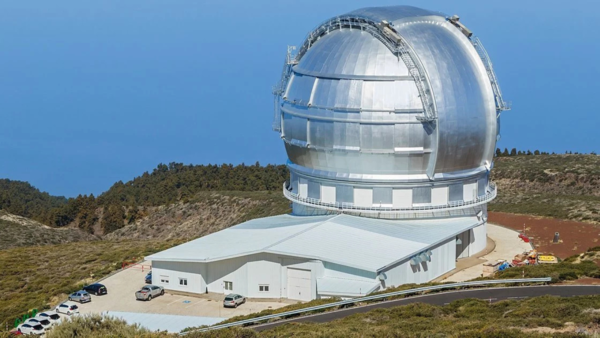
Located on La Palma in Spain’s Canary Islands, GTC is currently the world’s largest single-aperture optical telescope with a 10.4-metre mirror. It’s been instrumental in studying dark energy, stellar explosions (supernovae), and planet formation. Its location—far from city lights and high above sea level—makes it ideal for observing the universe with minimal atmospheric distortion.
7. Atacama Large Millimeter/submillimeter Array (ALMA)
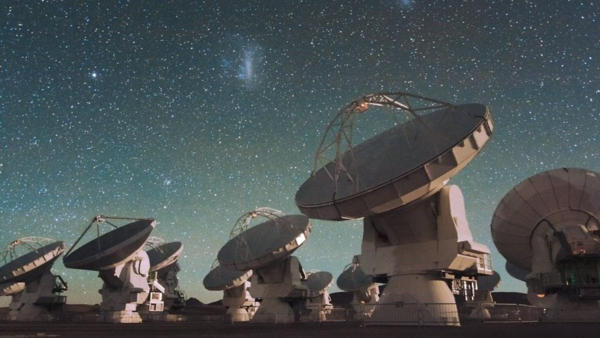
Sitting high in Chile’s Atacama Desert, ALMA consists of 66 movable radio antennas working together as one giant interferometer. By observing the coldest regions of space in millimetre and submillimetre wavelengths, ALMA can peer into dense gas clouds to uncover the birthplaces of stars and planets. It also studies ancient galaxies and the building blocks of life, such as organic molecules.
8. Gemini Observatory (North & South)
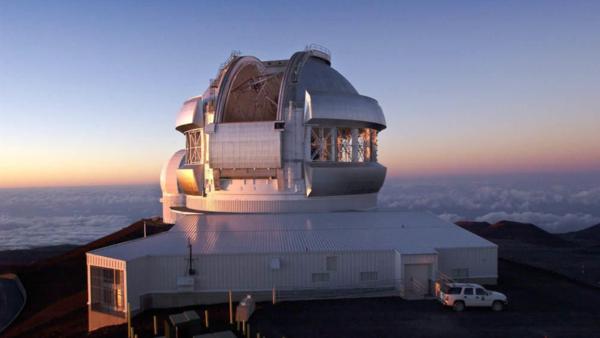
Gemini consists of two twin 8.1-metre telescopes—one in Hawaii (Gemini North) and the other in Chile (Gemini South). Together, they provide full-sky coverage. Equipped with adaptive optics and powerful spectrographs, Gemini can capture clear, detailed images of distant galaxies, stellar nurseries, and gamma-ray bursts. Its versatility makes it one of the most productive observatories in modern astronomy.
9. Chandra X-ray Observatory
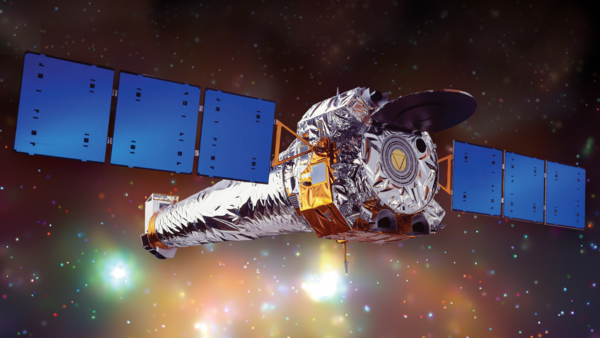
Launched in 1999, NASA’s Chandra remains one of the most important telescopes for observing the universe in X-rays, a high-energy form of light. It specialises in studying extreme environments—such as the hot gas swirling around black holes, exploding stars, and neutron stars. Chandra’s precision has helped us understand the life cycles of stars and the structure of galaxy clusters.
10. Magdalena Ridge Observatory Interferometer (MROI)
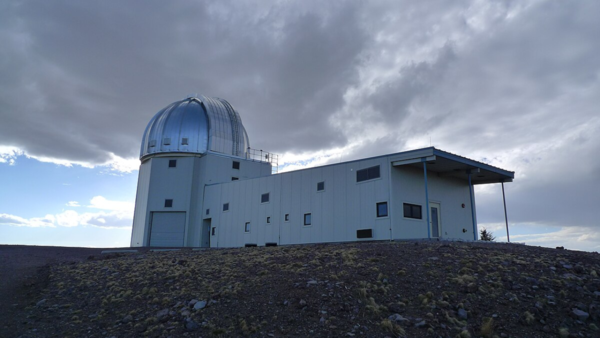
Located in New Mexico, USA, the MROI uses a technique called interferometry, where light from multiple smaller telescopes is combined to simulate the resolution of a much larger one. This approach yields ultra-high-resolution images of binary star systems, stellar surfaces, and debris disks around young stars—objects typically too fine to resolve using single-mirror telescopes.
Why these telescopes are essential tools in modern astronomy
These telescopes represent the pinnacle of astronomical technology. Their large apertures allow them to gather light from the farthest corners of the universe, enabling us to look back in time. Each observatory focuses on specific wavelengths—infrared, radio, X-ray, or optical—uncovering different layers of cosmic phenomena. Technologies like adaptive optics and interferometry enhance clarity, letting scientists image distant galaxies, exoplanets, black holes, and supernovae with astonishing precision.
India’s growing role in modern astronomy
Though not featured in the top‑ten global list, India contributes significantly to modern astronomy infrastructure:
- Major Atmospheric Cherenkov Experiment (MACE): Operational from Hanle, Ladakh, at ~4,500 m altitude, MACE is one of the world’s highest gamma-ray telescopes. Commissioned in 2021 and inaugurated in 2024, it advances research in cosmic rays and fundamental physics.
- Devasthal Optical Telescope (DOT): Located at ARIES in Uttarakhand, the 3.6-metre DOT is Asia’s largest optical telescope. Commissioned in 2016, it supports advanced imaging and spectroscopy and plays a critical role in regional space research.
These ten telescopes are among the most advanced tools ever built for exploring space. From JWST’s deep cosmic gaze to ALMA’s insight into galactic birthplaces, they’re transforming our understanding of the universe. As more such observatories become operational—and with countries like India boosting their astronomical capabilities—the future of space exploration looks brighter than ever.
